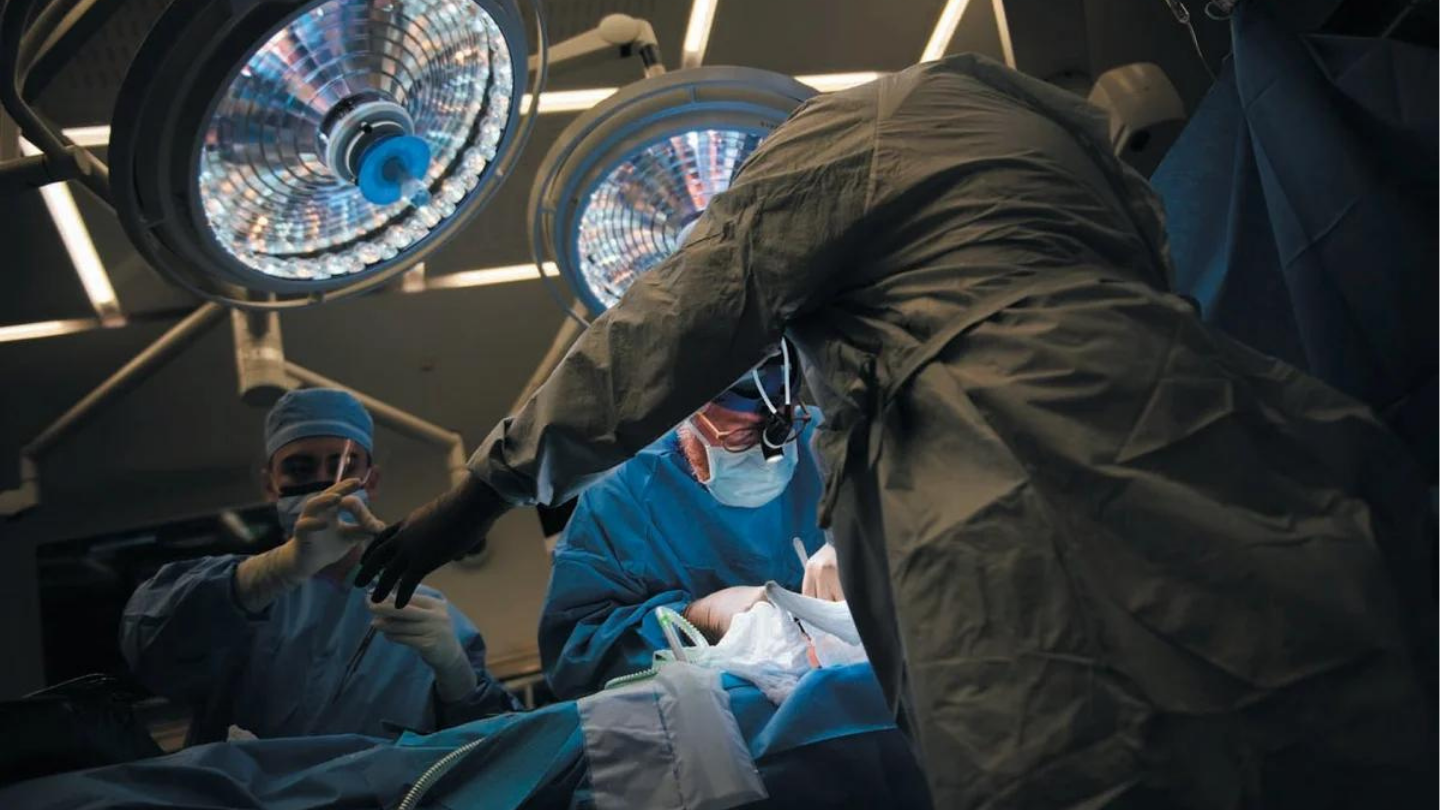Medically aesthetic dermatology has come a long way in the quest for timeless beauty. As science uncovers the secrets of aging and skin care, dermatologists are at the cutting edge of cutting-edge treatments and technology. This ever-evolving landscape not only meets the aesthetic needs of individuals, but also emphasizes the importance of overall skin health.
In this article, we look at how medical aesthetics intersects art and science, and explore the cutting-edge approaches that are redefining beauty standards and rejuvenation.
Medical aesthetics is a combination of medical knowledge and the art of combining form and function. In the past, dermatology was mainly concerned with treating skin conditions. However, as society shifted its focus to health and aesthetics, dermatologists began to broaden their scope of practice.
Fusion of art and science Medical aesthetics is a nuanced field where science and art meet. Dermatologists with a deep understanding of facial anatomy and aesthetic sensibility design and enhance features for natural-looking results. The goal is not to erase the passage of time, but to celebrate the unique beauty of each person. This delicate balance between science and art separates the best in the field.
One of the most significant changes in modern medical aesthetics has been the focus on individual treatment plans. Today’s dermatologists understand that beauty isn’t just for some, it’s for everyone. By tailoring procedures to your unique needs and characteristics, you’ll get results that not only look great, but also feel natural. This shift to personalized care means that people from all walks of life will be able to benefit from the latest advances in dermatology without sacrificing their own unique beauty.
Non-surgical advancements in injectable treatments have revolutionized the non-surgical field, providing less invasive alternatives to conventional surgeries. Dermal fillers, neurotoxins, and other injectables have become the foundation of medical aesthetics. Not only are they used to reduce the appearance of wrinkles but they are also used as sculpting agents to enhance facial contours and rejuvenate skin. Dermatologists use injectables expertly to restore volume, improve contours, and improve the appearance of the skin. The changing techniques demonstrate the artistry that goes into achieving results that go beyond youthfulness, aiming for a timeless and elegant look.
Another non-surgical miracle that’s becoming more and more popular is Platelet-Rich Plasma (PRP). PRP is made from your own blood and is packed with growth factors that promote collagen production and tissue regeneration. It’s used for a wide range of treatments, from facial facelifts to hair regrowth, and it epitomizes the holistic beauty approach that’s so popular in modern dermatology.
Laser and energy-based treatments that redefine skin rejuvenation In the field of dermatology, lasers and energy-based devices have emerged as effective tools for skin rejuvenation. From fractional laser treatments to radio frequency devices, these techniques target specific layers of the skin and address issues such as wrinkles, pigmentation and uneven textures. The precision and minimal downtime associated with these procedures contribute to their widespread use in medical aesthetics. The skill lies in selecting and combining these techniques to achieve results that are not only transformative, but tailored to the unique needs of each patient.
The importance of overall skin health The concept of beauty has expanded beyond surface-level aesthetics to encompass holistic well-being. Dermatologists recommend comprehensive skin care programs that include sun protection, proper diet and lifestyle. Aesthetic treatments arguably complement these core practices, providing a holistic approach to aging. While the pursuit of beauty is a driving force, emphasizing holistic skin health remains paramount.
Ethical considerations in aesthetics
Ethical considerations play an important role in today’s medical aesthetics landscape. As a result, dermatologists are advocating for responsible, mindful practices. Responsible practices include communicating with patients openly, setting clear expectations, and focusing on safety.
The beauty of timeless beauty isn’t only about physical transformation. It’s also about promoting a positive, responsible attitude toward self-care.











